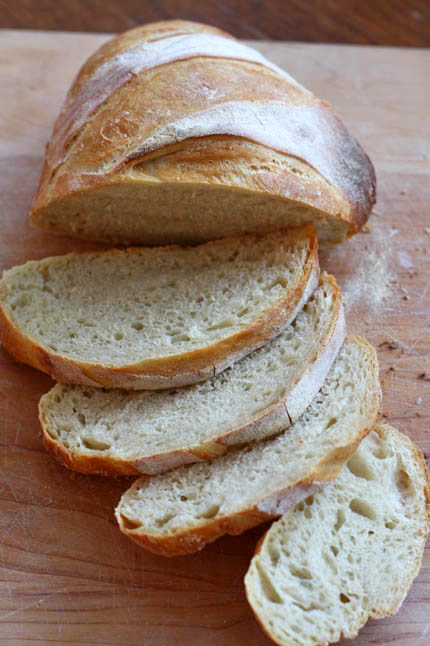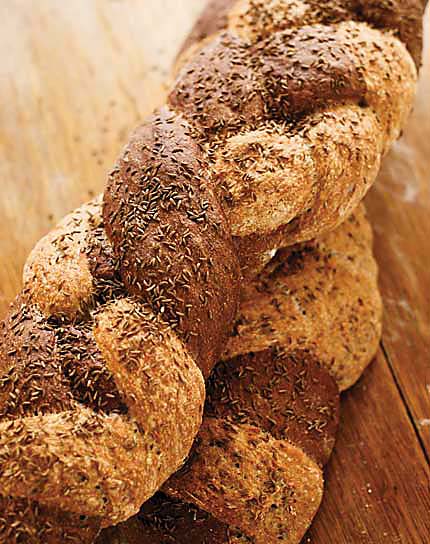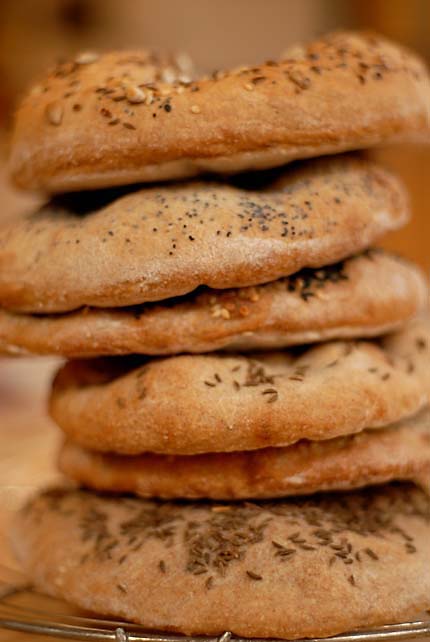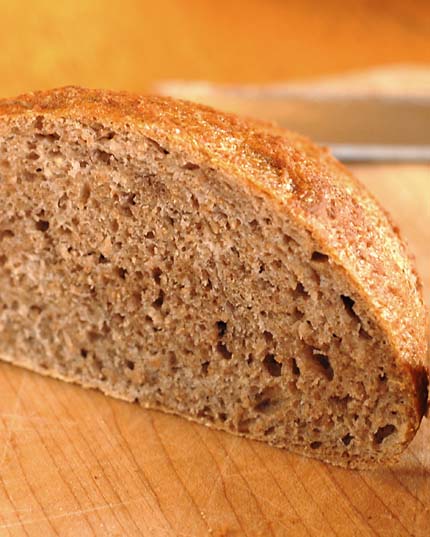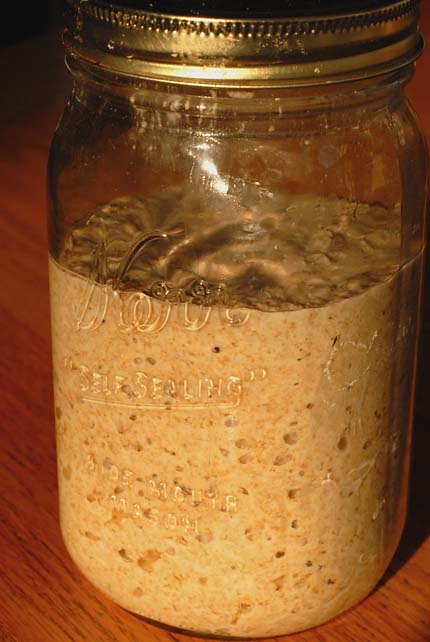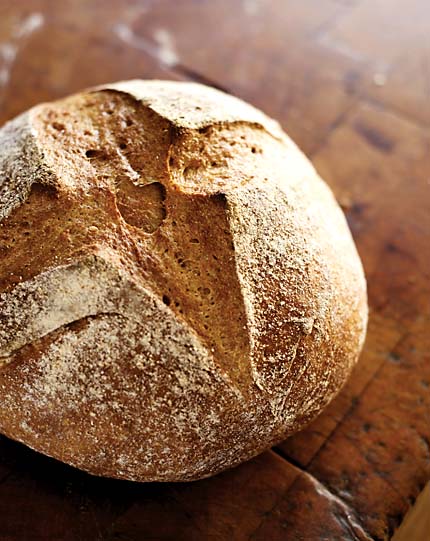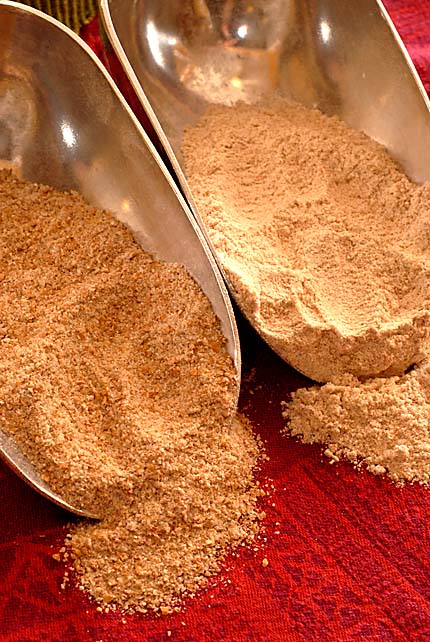Traditional recipes: How can they be converted to the ABin5 method?
People sometimes ask us for simple formulas for converting traditional bread recipes to our stored-dough method. Unfortunately, there’s no simple answer to the question. Developing recipes for our books takes lots (and lots) of trial and error.
If we put our our testing methods and approaches up here on the web, our publisher would kill us! If you want to try to convert a traditional recipe to our high-moisture, stored-dough method, read through our books or check out our recipes here on the website to get a sense of the moisture level that’s needed, then check out the rest of the FAQs here on the website. Pay attention to our “videos” tab as well. It may take a bit of work, but you should be able to transform your existing repertoire.
Happy experimenting! More details on our method in The New Artisan Bread in Five Minutes a Day, and our other books.
Note: BreadIn5.com is reader supported. When you buy through links on the site, BreadIn5 LLC earns commissions.
